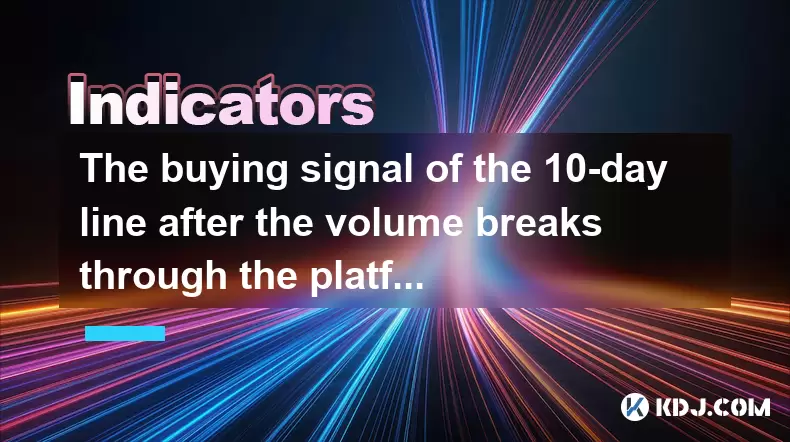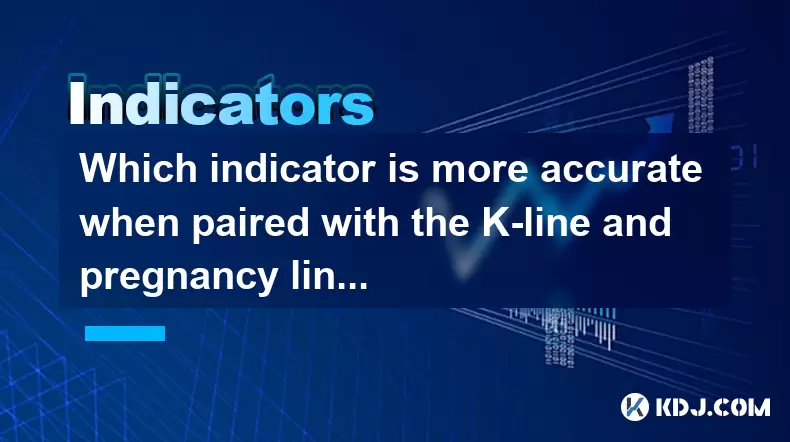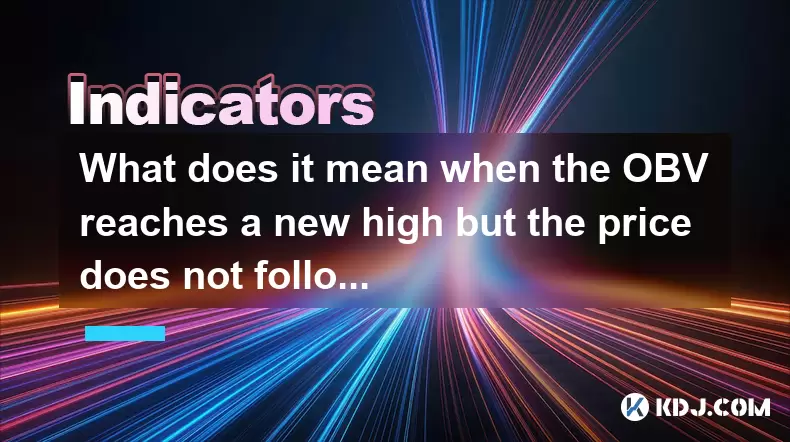-
 Bitcoin
Bitcoin $119300
1.07% -
 Ethereum
Ethereum $3730
3.87% -
 XRP
XRP $3.235
0.29% -
 Tether USDt
Tether USDt $1.000
0.00% -
 BNB
BNB $783.5
1.88% -
 Solana
Solana $188.7
0.25% -
 USDC
USDC $0.0000
-0.01% -
 Dogecoin
Dogecoin $0.2399
-0.44% -
 TRON
TRON $0.3157
2.37% -
 Cardano
Cardano $0.8254
1.94% -
 Hyperliquid
Hyperliquid $42.83
0.14% -
 Stellar
Stellar $0.4372
3.21% -
 Sui
Sui $3.859
4.91% -
 Chainlink
Chainlink $18.53
3.53% -
 Hedera
Hedera $0.2464
0.01% -
 Bitcoin Cash
Bitcoin Cash $519.8
2.46% -
 Avalanche
Avalanche $24.24
2.17% -
 Litecoin
Litecoin $113.7
0.73% -
 UNUS SED LEO
UNUS SED LEO $8.990
0.30% -
 Shiba Inu
Shiba Inu $0.00001390
0.21% -
 Toncoin
Toncoin $3.188
1.49% -
 Ethena USDe
Ethena USDe $1.001
0.02% -
 Polkadot
Polkadot $4.090
-0.91% -
 Uniswap
Uniswap $10.40
4.08% -
 Monero
Monero $326.6
3.12% -
 Bitget Token
Bitget Token $4.627
-0.42% -
 Pepe
Pepe $0.00001281
0.76% -
 Dai
Dai $1.000
0.01% -
 Aave
Aave $291.6
0.98% -
 Cronos
Cronos $0.1269
7.26%
The buying signal of the 10-day line after the volume breaks through the platform
A strong buy signal emerges when price breaks above consolidation, closes above the 10-day MA, and volume spikes significantly, confirming bullish momentum.
Jul 24, 2025 at 06:00 am

Understanding the 10-Day Moving Average in Cryptocurrency Trading
In cryptocurrency trading, moving averages are essential tools for identifying trends and potential entry points. The 10-day moving average (MA) is particularly popular among short-term traders due to its responsiveness to recent price changes. This moving average calculates the average closing price of a digital asset over the past 10 trading days, smoothing out volatility and highlighting directional momentum. When the price of a cryptocurrency moves above the 10-day MA, it often signals a shift from bearish to bullish sentiment. Traders interpret this crossover as a potential buying signal, especially when confirmed by other technical indicators.
The 10-day MA works best in trending markets where momentum is building. Unlike longer-term moving averages such as the 50-day or 200-day, the 10-day reacts quickly to price movements, making it ideal for spotting early entries. However, it can also generate false signals during periods of consolidation or sideways movement. To increase reliability, traders often combine this signal with volume analysis and price pattern confirmation.
What Is a Volume Breakout from a Consolidation Platform?
A consolidation platform refers to a period where the price of a cryptocurrency trades within a narrow range, indicating indecision or balance between buyers and sellers. During this phase, volume typically remains low, reflecting reduced market activity. When volume suddenly increases while the price remains within this range, it may indicate accumulation by large players. A true volume breakout occurs when trading volume spikes significantly above its recent average while the price begins to move beyond the upper boundary of the consolidation zone.
This breakout suggests that demand is overpowering supply, and new buyers are entering the market aggressively. The combination of a breakout and high volume often precedes strong upward price movement. In technical analysis, such a scenario is considered a bullish development. When this volume breakout happens concurrently with or just before the price crossing above the 10-day MA, it strengthens the validity of the buy signal.
- Monitor the trading range over the past 7 to 14 days to identify a clear consolidation zone
- Observe volume trends—look for a noticeable spike that exceeds the 5-day average volume by at least 50%
- Confirm that the price closes above the upper limit of the consolidation range on high volume
- Ensure the breakout is not due to isolated news events that could cause temporary volatility
How to Identify the Buy Signal: Price, MA, and Volume Alignment
The ideal buy signal occurs when three conditions align: the price breaks above a consolidation platform, volume surges, and the price closes above the 10-day moving average. Each component reinforces the others, reducing the likelihood of a false breakout.
- Confirm that the price closes above the consolidation resistance level on a 4-hour or daily candle
- Check that the 10-day MA is trending upward or flattening, indicating potential momentum shift
- Verify that volume exceeds the 10-day average volume by a significant margin (e.g., 2x or more)
- Use candlestick patterns such as bullish engulfing or hammer at the breakout point for added confirmation
Traders can use platforms like TradingView or Binance’s built-in charting tools to set up these indicators. On TradingView, add the 10-day simple moving average by searching “SMA” in the indicators panel, setting the period to 10, and applying it to the chart. For volume analysis, enable the volume histogram and consider adding a volume moving average (e.g., 10-period) to compare current volume against historical norms.
Step-by-Step Execution of the Trading Strategy
Executing this strategy requires precision and discipline. Here’s how to apply it in real-time trading:
- Open a cryptocurrency chart (e.g., BTC/USDT) on a 4-hour or daily timeframe
- Draw horizontal lines to mark the top and bottom of the consolidation platform
- Apply the 10-day SMA and observe its slope and position relative to price
- Watch for a candle that closes above the upper boundary of the platform
- Check the volume bar corresponding to that candle—ensure it is significantly higher than recent bars
- Confirm that the closing price is also above the 10-day moving average line
- Enter a long position at the close of the breakout candle or at the open of the next candle
- Set a stop-loss just below the consolidation zone’s upper boundary or the breakout candle’s low
- Use a risk-reward ratio of at least 1:2 by placing the take-profit level twice the distance from entry to stop-loss
Some traders prefer to wait for a retest of the breakout level as additional confirmation. In this case, they enter when the price pulls back to the former resistance (now support) and bounces with sustained volume.
Common Pitfalls and How to Avoid Them
Even well-structured strategies can fail if traders overlook key details. One common mistake is acting on a breakout without confirming volume. A price move above the platform on low volume is often a false breakout and may quickly reverse. Another issue is ignoring the broader trend—entering long in a strong downtrend increases risk even if the 10-day MA is crossed.
- Avoid trading during low-liquidity periods, such as weekends or holidays, when volume anomalies are common
- Do not rely solely on the 10-day MA; consider pairing it with RSI or MACD to confirm momentum
- Be cautious of news-driven spikes that cause volume surges unrelated to organic buying pressure
- Always use stop-loss orders to protect against sudden reversals after the breakout
Platforms like Bybit or KuCoin offer advanced charting with volume profile tools that help distinguish real breakouts from noise. Custom alerts can be set to notify when volume exceeds a threshold or when price crosses the 10-day MA.
Frequently Asked Questions
What timeframes are best for applying the 10-day MA breakout strategy?
The 4-hour and daily charts are most effective. The 4-hour provides enough data points for timely entries, while the daily reduces noise and confirms stronger trends. Lower timeframes like 15-minute or 1-hour may generate too many false signals due to volatility.
Can this strategy be used on altcoins?
Yes, but with caution. Altcoins often experience exaggerated price swings and pump-and-dump schemes. Ensure the coin has consistent volume and exchange listing on major platforms like Binance or Coinbase. Avoid low-cap tokens with irregular trading activity.
How do I distinguish between a real volume breakout and a spike caused by a whale transaction?
Look at the candlestick body and closing price. A genuine breakout candle usually has a strong bullish close, not just a long wick. Additionally, check if the volume remains elevated in the following 1–2 candles. A single spike followed by low volume suggests a one-off event.
Should I adjust the 10-day MA for different market conditions?
The 10-day MA is fixed for this strategy. Changing the period alters the signal logic. If the market is highly volatile, consider using a volume-weighted moving average (VWAP) alongside the 10-day SMA for better context, but keep the original MA unchanged for consistency.
Disclaimer:info@kdj.com
The information provided is not trading advice. kdj.com does not assume any responsibility for any investments made based on the information provided in this article. Cryptocurrencies are highly volatile and it is highly recommended that you invest with caution after thorough research!
If you believe that the content used on this website infringes your copyright, please contact us immediately (info@kdj.com) and we will delete it promptly.
- TRON, Crypto Payroll, and Stablecoins: A New York Minute on the Future of Finance
- 2025-07-25 08:30:11
- WazirX, Revote, and Crypto Unlock: A New York Minute on the Latest Developments
- 2025-07-25 06:50:11
- Hong Kong Stablecoin Regulation: Navigating the Hype and Hurdles
- 2025-07-25 08:30:11
- Satoshi-Era Bitcoin Whale Awakens: $469 Million in BTC on the Move
- 2025-07-25 06:30:11
- TIA Tokens, Crypto Shift & Ripple Effect: What's the Deal?
- 2025-07-25 07:10:11
- Bored Ape Trademark Tussle: Appeals Court Throws a Wrench in Yuga Labs' Victory
- 2025-07-25 06:30:11
Related knowledge

Should I go all in when DIF crosses DEA?
Jul 25,2025 at 12:42am
Understanding DIF and DEA in MACD AnalysisWhen traders analyze DIF and DEA in the context of the Moving Average Convergence Divergence (MACD) indicato...

Should I go all in when the upper edge of the box is broken?
Jul 25,2025 at 01:50am
Understanding the 'Box' in Cryptocurrency Price ChartsThe term 'box' in cryptocurrency trading typically refers to a price consolidation range where t...

Should I go all in when the parabolic turning signal appears?
Jul 25,2025 at 06:36am
Understanding the Parabolic Turning Signal in Crypto TradingThe parabolic turning signal is a technical indicator derived from the Parabolic SAR (Stop...

Should I follow up with a full position when the trading volume suddenly increases?
Jul 25,2025 at 12:28am
Understanding Sudden Increases in Trading VolumeA sudden spike in trading volume often signals heightened market activity and can indicate that new in...

Which indicator is more accurate when paired with the K-line and pregnancy line combination?
Jul 25,2025 at 05:43am
Understanding the K-Line and Pregnancy Line CombinationThe K-line, also known as the Japanese candlestick chart, is a foundational tool in technical a...

What does it mean when the OBV reaches a new high but the price does not follow the rise?
Jul 25,2025 at 03:21am
Understanding On-Balance Volume (OBV) and Its Role in Technical AnalysisOn-Balance Volume (OBV) is a momentum indicator that uses volume flow to predi...

Should I go all in when DIF crosses DEA?
Jul 25,2025 at 12:42am
Understanding DIF and DEA in MACD AnalysisWhen traders analyze DIF and DEA in the context of the Moving Average Convergence Divergence (MACD) indicato...

Should I go all in when the upper edge of the box is broken?
Jul 25,2025 at 01:50am
Understanding the 'Box' in Cryptocurrency Price ChartsThe term 'box' in cryptocurrency trading typically refers to a price consolidation range where t...

Should I go all in when the parabolic turning signal appears?
Jul 25,2025 at 06:36am
Understanding the Parabolic Turning Signal in Crypto TradingThe parabolic turning signal is a technical indicator derived from the Parabolic SAR (Stop...

Should I follow up with a full position when the trading volume suddenly increases?
Jul 25,2025 at 12:28am
Understanding Sudden Increases in Trading VolumeA sudden spike in trading volume often signals heightened market activity and can indicate that new in...

Which indicator is more accurate when paired with the K-line and pregnancy line combination?
Jul 25,2025 at 05:43am
Understanding the K-Line and Pregnancy Line CombinationThe K-line, also known as the Japanese candlestick chart, is a foundational tool in technical a...

What does it mean when the OBV reaches a new high but the price does not follow the rise?
Jul 25,2025 at 03:21am
Understanding On-Balance Volume (OBV) and Its Role in Technical AnalysisOn-Balance Volume (OBV) is a momentum indicator that uses volume flow to predi...
See all articles

























































































